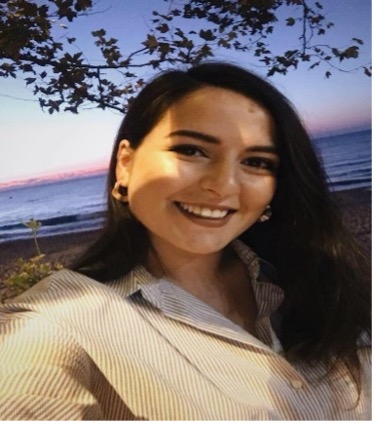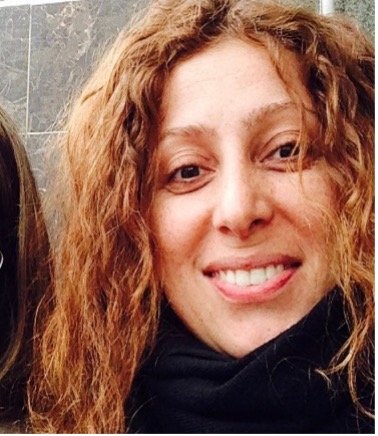
Merve Biçer
Speech and Language Therapy
Istanbul Medipol University
mbicer@medipol.edu.tr
website

Özlem Ünal-Logacev
Speech and Language Therapy
Istanbul Medipol University
ologacev@medipol.edu.tr

|
Merve Biçer Speech and Language Therapy Istanbul Medipol University mbicer@medipol.edu.tr website |

|
Özlem Ünal-Logacev Speech and Language Therapy Istanbul Medipol University ologacev@medipol.edu.tr |
| Participants: | 120 |
| Type of Study: | clinical, cross-sectional |
| Location: | Turkey |
| Media type: | audio |
| DOI: | doi:10.21415/PRFT-H487 |
Biçer, M. (2020). Investigation of the phonological development of children between 2-8 years old via Phon software. Unpublished Master's thesis, Istanbul Medipol University.
In accordance with TalkBank rules, any use of data from this corpus must be accompanied by at least one of the above references.
The corpus contains audio-recordings (speech samples) of 120 typically-developing native Turkish speaker children between the ages of 2;0 to 7;11. Table 1 shows the age and gender of the participants as well as the education of their mothers. The codes used for participants consist of three components, separated by underscores (“_”). The first component is set to “sch” if the child attends primary school and “pre” otherwise. The second component is the child’s age. The third component is a unique participant ID.
The parents of all participants signed the Consent Form, which explains the aim of the current research project and PhonBank’s ethical rules.
The data is collected by administering the Articulation subtest of the Articulation and Phonological Test (Sesletim Sesbilgisi Testi – SST) (Topbaş, 2005). This subtest is a picture naming test: The participants are shown pictures of 93 words that include all consonant phonemes and three allophones of Turkish, which they are asked to name. Each speech sound is tested at four positions: Word initially, syllable initially within the word, syllable finally within the word, and word finally. Due to the phonotactic rules of Turkish, some speech sounds could not be tested in all syllable positions.
The data was recorded in a quiet room with a Sony ICD-PX820 recorder (N=87) or the voice recording applications of various cell phones (N=33). All files were subsequently converted to high-quality MP3s.